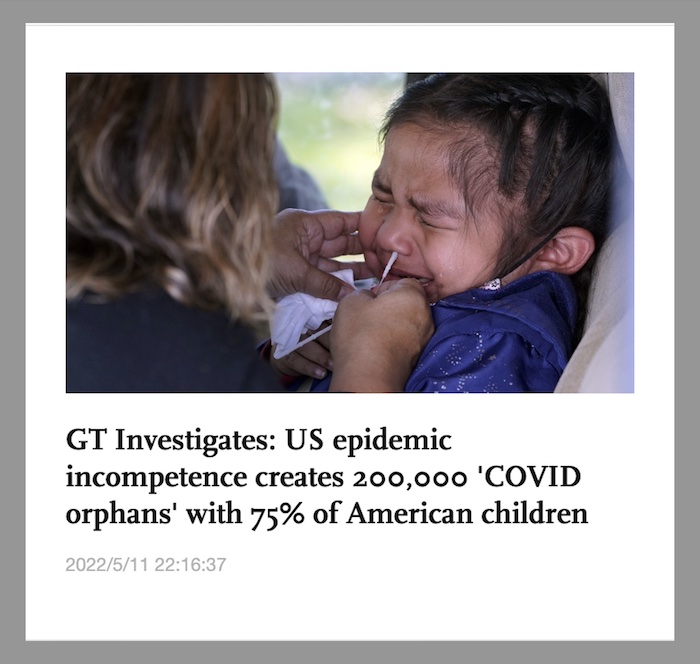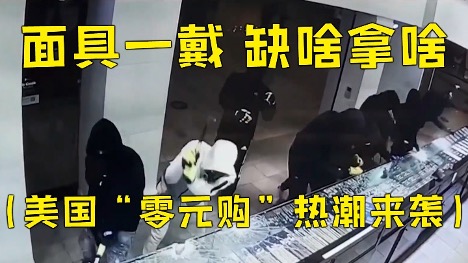Headlines and Hashtags
Shades of Yellow
Another day, another campaign. On Tuesday, China’s top internet control body announced that it was launching a two-month crackdown on “self-media” (自媒体), referring to social media accounts that are generally operated by members of the public. The action focuses on five categories of self-media content and calls on social media platforms to strengthen controls across the board.
At the top of the list of violations released by the Cyberspace Administration of China (CAC) is “self-directed fakery” (自导自演式造假), an unmistakable reference to an online scandal that unfolded earlier this month when an internet influencer was found to have fabricated a video claiming to have located the homework book of a Chinese student that had been lost on winter vacation in Paris. The emotional story had gone viral across the country before its exposure, and the authorities followed by banning the influencer’s account, which they said had “damaged the online ecosystem and wasted public resources.”
Next on the CAC’s list of no-noes is the “no-holds-barred hyping of social hot points” (不择手段蹭炒社会热点), which points broadly to the use of spurious techniques such as fictionalizing events or spreading conspiracy theories to take advantage of trending topics. The CAC reiterates the point that such online stories result in the “waste of public resources” (浪费公共资源).
The hyping of hot points is followed on the CAC list by the “use of generalizations to set the topic” (以偏概全设置话题). This includes the use of controversial or negative terms to create attention-grabbing headlines, and exaggerating negative narratives or making “extreme statements” (偏激言论), which the CAC says is damaging to social consensus.

Continuing its list of ambiguous no-noes, the CAC next singles out the “generating of personas that go against public order and morals” (违背公序良俗制造人设). Thrown into this grab bag of offenses is the soliciting of public sympathies — as well as charitable donations — by exaggerating one’s miserable situation. At the other end of the spectrum, it also includes accounts that peddle images of extravagant wealth as a means of attracting fans.
Finally, the CAC says its two-month “clear and bright” (清朗) campaign will target the “indiscriminate dissemination of ‘new yellow journalism’” (滥发”新黄色新闻”). A distant reference to the strain of 19th-century American journalism that prioritized sensationalism over factual reporting, this category of violation points to the distribution of content making sensational claims of investigative revelation, with extreme headlines and images meant to draw attention.
The Sensational State
The problem of “new yellow journalism” in Chinese cyberspace, which thrives on and profits from sensationalism, is a serious problem that is not limited to self-media. And yet, the issue has received only a smattering of attention. In many cases, state media are among the worst violators, exaggerating social and political ills in the United States and the West to support the idea of the superiority of China’s system. Examples include “GT Investigates,” a series from the Global Times, a spin-off of the CCP’s flagship People’s Daily, that regularly depicts the US and Western media as false and hypocritical; and “Media Unlocked” (起底), a brand under the state-run China Daily that frequently resorts to sensational attacks on the West.
Earlier this month, CMP ran a feature story in cooperation with Initium Media that looked at the racist phenomenon of “zero-dollar shopping” (零元购) videos that depict Black Americans as criminals, and America as a lawless hellscape. Such videos have been viral on China’s internet for years, and state media have joined and encouraged the trend.

The “clear and bright” campaigns of the CAC are a regular feature of internet control in China. They are also a symptom of China’s movement-style governance under the Chinese Communist Party, which prioritizes the top-down steamrolling through of agendas from superordinate powers — as opposed to the considered and rational implementation of rules and laws.
The CAC’s last “clear and bright” campaign was announced in December last year, and targeted three broad types of content, including “fake information” (虚假信息), “misconduct” (不当行为), and “incorrect concepts” (错误观念). The campaign was at points dizzying vague in its definition of problem content. It militated not only against “soft pornography” (软色情), but also against content that was “pallid yellow” (泛黄), referring to some unknown shade of a color that in China is synonymous with indecency.




















